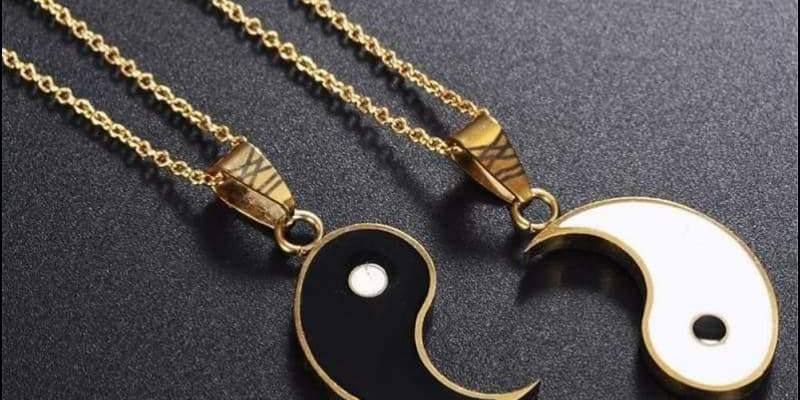Dream Catchers, Madalas and Yoga
Dream Catchers, Mandalas and Yoga
This blog is all about the dream catchers, mandalas and yoga, and how our products can help our customers to tap into the power of these.
Dream Catchers
Dream Catchers, Sometimes referred to as "Sacred Hoops," dream catchers were traditionally used as talismans to protect sleeping people, usually children, from bad dreams and nightmares. Native Americans believe that the night air is filled with dreams, both good and bad.


What is a Mandala?
Mandala is a Sanskrit word that loosely translates to mean “circle” or “center.”
We often associate the word mandala with the circular designs that have repeating colors, shapes, and patterns radiating from the center. Mandalas can be precise, carefully measured, geometric, and perfectly symmetrical, or in contrast, free flowing, organic, and asymmetrical. Mandalas are often drawn in circles but they can also be drawn in squares.
If you are looking for the Mandala Tapestry don't forget to check out our products listed below.
Hindu and Buddhist Traditions
In the Hindu and Buddhist traditions, mandalas are an object of meditation to aid in one’s spiritual development. The imagery depicts the universe and the symbols represent one’s spiritual journey, the cycles of birth-life-death, and the interconnectedness of all living things. The Hindu tradition focuses on the realization of the self as one with the divine. Whereas in the Buddhist tradition, the emphasis is on the potential for enlightenment (Buddha-nature) and the pictures within the mandalas illustrate the obstacles that one has to overcome in order to cultivate compassion and wisdom. Drawing mandalas in this tradition follows strict rules.
Mandalas are found across all cultures.
Here are some examples:
- Celtic spirals and knot work
- Christianity – rose windows, rosary, halos
- Chinese Yin and Yang symbol
- Hindu Yantras
- Labyrinths
- Native American – medicine wheel, dream catchers, Native American shields
- Navajo Sand Paintings
- Tibetan Sand Mandalas
- Calendars follow cycles of time. i.e., Gregorian, Astrological and Mayan calendars.
Geometric Mandalas
Sacred geometry is the ancient belief that certain shapes and proportional relationships hold meanings. Forms of yoga are based on creating these shapes using the body, and cultures like the New Zealand Maori create tattoo art that physically marks their body with these symbols. However, the mandala is perhaps the best known use of fusion between geometric design and meaning.
The idea that certain patterns of shapes can hold deeper meaning traces back as far as Plato, and has been an essential component when building structures or creating images in honor of religious or cultural beliefs throughout history. In India, many sacred temples were built based on the form of the mandala, and even the pyramids in Egypt were created using geometric angles for guidance.
The belief behind deeper meaning of geometry stems in many ways from the observation of nature. There are structures both inside and outside of the body that adhere to the shape and pattern of geometry, thereby leading some of the world’s greatest thinkers to connect man, nature, and spirit through these shapes. From tiny viruses to coastal landscapes, geometry makes up the foundation of the natural world. Even modern engineering processes owe geometry the ability to create structures of massive size and scale.

Patterns of Geometric Mandalas
The design of a mandala will vary depending on the cultural significance that it follows, but there are a number of patterns that have become popular for people to color or draw in order to reap the meditative benefits of mandalas.
- The center of the mandala is traditionally the starting point when starting to create, and is the ideal place for geometric designs to radiate out from
- A torus is a combination of two circles rotated around a central point, and can be created using software or drawing tools like a compass
- Perfect right triangles can be used to fill a design and infuse it with the ancient wisdom of the Egyptians, who used this shape for their pyramids
- The Flower of Life design is created by overlapping circles of an evenly proportioned size, and is popular for jewelry designs
- Platonic solids – or a series of polygons – can be used according to a specific ratio to build up a geometric pattern
- Simple lines can break up the circular space for those intimidated by more complex designs
When seeking out a geometric mandala pattern, it is best to remember that the purpose behind accessing the magic of a mandala is to reach a meditative sense of being grounded. Therefore, it is better to start working with simpler designs that can be finished, rather than starting with a complex design that ends up in frustration.

Mandala and Yoga
The mandala is recognizable by its intricate concentric circles and other geometric designs, which are constructed starting from the exact point in the center, representing the beginning or, in a religious context, a specific deity.
Focusing on the designs during yoga practice calms the mind, shutting out the outside world and allowing the person to concentrate during meditation by contemplating the significance of the various shapes and colors.
Each geometric figure within the mandala has symbolic significance:
- Square = stability and balance
- Star = spirituality and freedom
- Circle = wholeness, integrity, unity
- Triangle pointed upward = aspirations toward the universal
- Triangle pointed downward = aspirations toward the earthly
Colors, too, have meaning:
- Green = nature, growth and hope
- White = purity, unity
- Blue = protection, tranquility
- Red = fire, passion
- Yellow = power, light, joy

0 comments












































